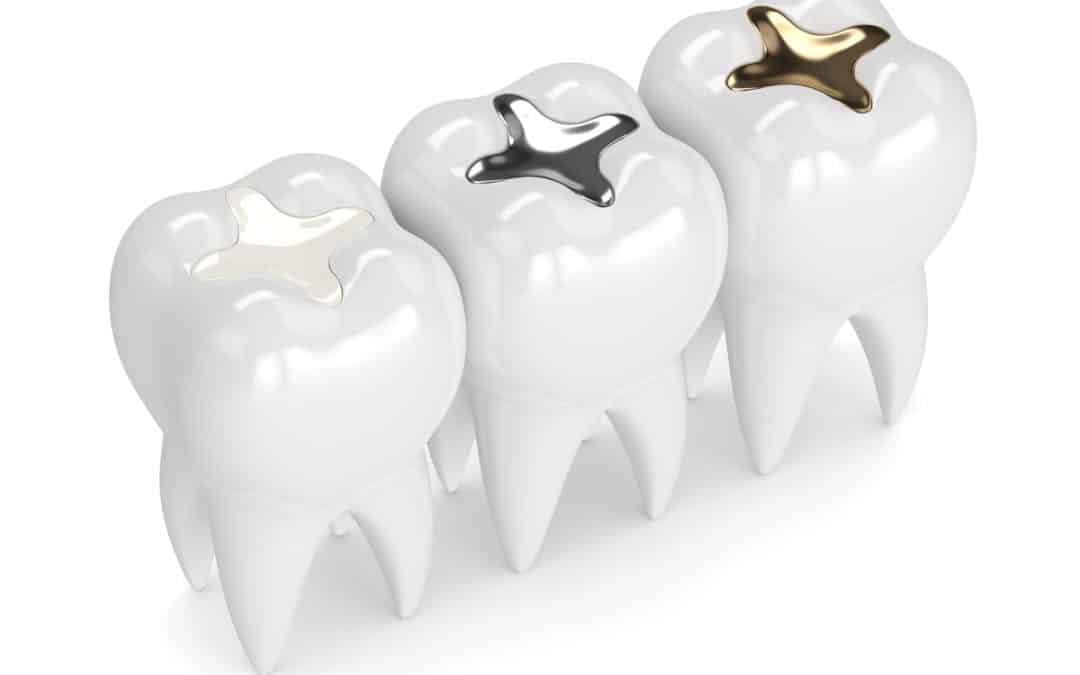Choosing Dental Fillings: Amalgam vs. White
Amalgam and white fillings (composite resin fillings) are two different types of materials used to restore teeth that have been affected by decay or cavities. Here are the main differences between the two:
Composition:
- Amalgam Fillings: Amalgam is a mixture of various metals, including silver, tin, copper, and mercury. The mercury content in amalgam is a subject of some controversy, but it is generally considered safe when bound with the other metals in the mixture.
- White Fillings (Composite Resin): White fillings, also known as composite resin fillings, are made of a combination of plastic resin and finely ground glass particles. They can be color-matched to the natural shade of the tooth, providing a more aesthetically pleasing result.
Aesthetics:
- Amalgam Fillings: Amalgam fillings are silver in color, which can make them more noticeable in the mouth, especially on visible teeth.
- White Fillings: Composite resin fillings are tooth-colored and can be blended to match the color of the natural teeth. This makes them a more popular choice for visible areas of the mouth.
Adhesion
- Amalgam Fillings: Amalgam fillings do not bond directly to the tooth structure. They rely on mechanical retention, with the filling material locking into the prepared tooth structure.
- White Fillings: Composite resin fillings can bond directly to the tooth surface. This bonding capability allows for a more conservative tooth preparation and helps to strengthen the tooth.
Tooth Preparation
- Amalgam Fillings: Typically, more tooth structure needs to be removed to create undercuts for amalgam fillings to lock into place.
- White Fillings: Composite resin fillings require less removal of healthy tooth structure, as they can bond to the tooth surface.
Durability:
- Amalgam Fillings: Amalgam fillings are known for their durability and longevity.
- White Fillings: While composite resin fillings have improved in terms of durability, they may not be as long-lasting as amalgam fillings, especially in high-stress areas of the mouth.
The choice between amalgam and white fillings often depends on factors such as the location of the tooth, the extent of the decay, and patient preferences. Many patients prefer white fillings for their cosmetic benefits, while others may opt for amalgam due to its proven durability. It’s important to discuss these options with a dentist to determine the most suitable choice based on individual circumstances.


Recent Comments